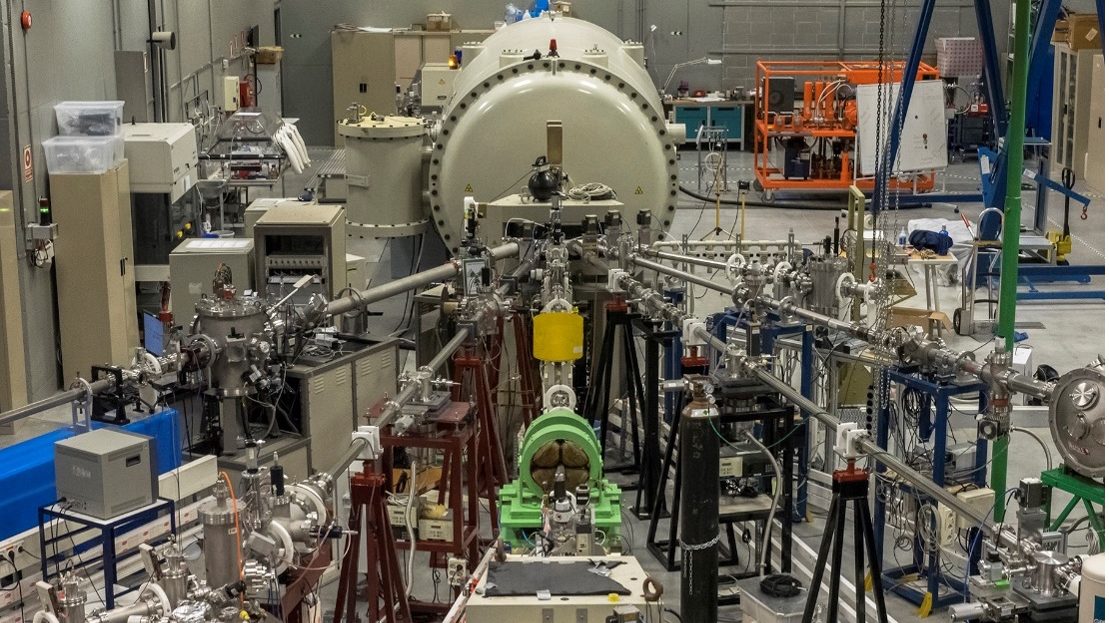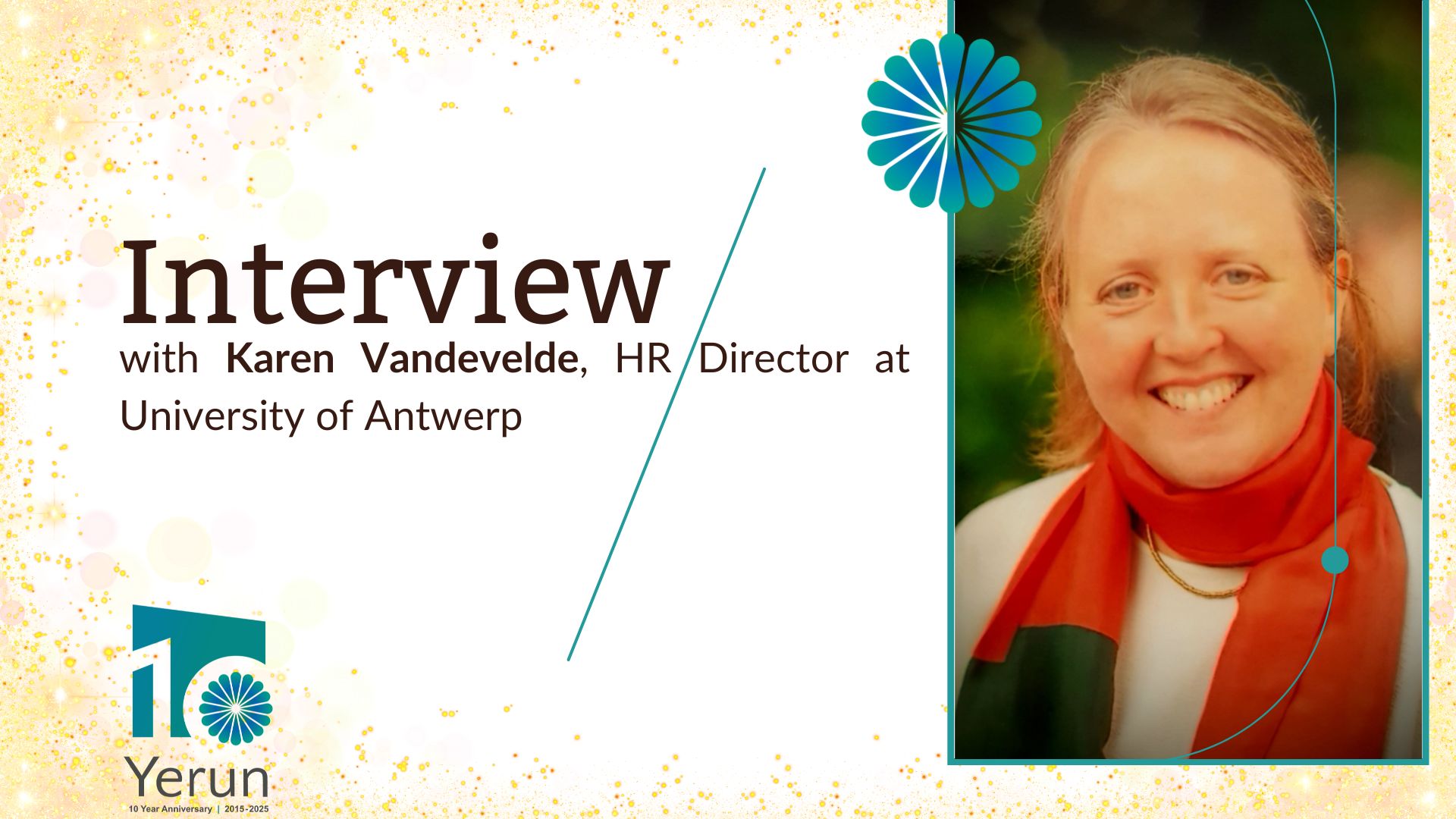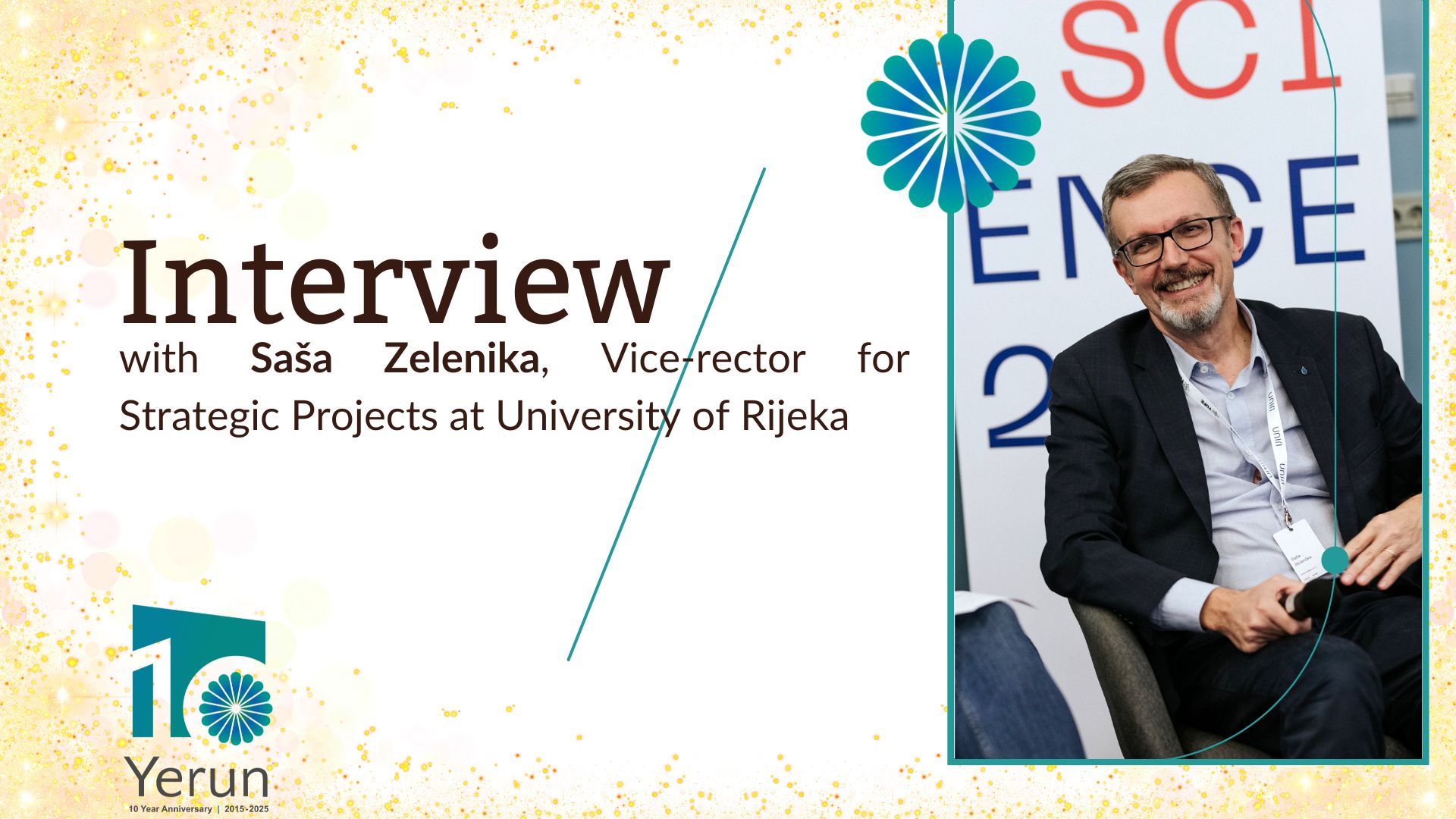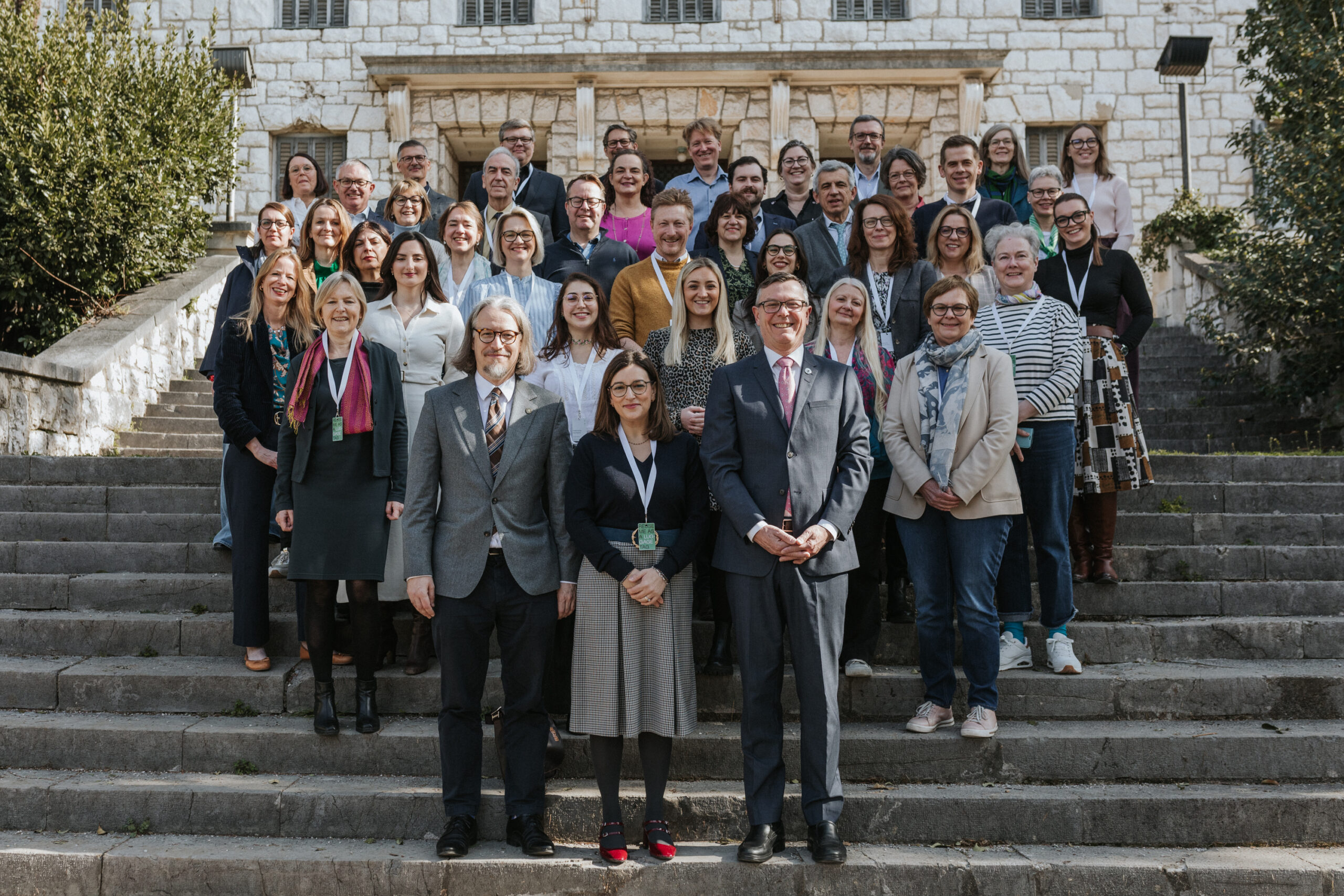The Center for Micro-Analysis of Materials (CMAM) is a research facility of Universidad Autónoma de Madrid (UAM) based on the usage of an ion accelerator providing beams in the MeV regime as a trans-disciplinary science tool suitable for analysis and modification of materials at the nanoscale. We herein report on some very relevant recent developments and highlights of CMAM.
CMAM was founded in the early 2000´s and has ever since been contributing to the science community at UAM and beyond with its capabilities. The CMAM accelerator is an electrostatic tandem with a maximum terminal voltage of 5 MV, thus providing proton beams to a maximum energy of 10 MeV and heavier ions of almost any species out of the periodic table to energies of several 10´s of MeV. Ion beams may be used to study materials at the nanoscale by monitoring the outcome of the ion-sample atomic and nuclear interactions with proper detectors, which look into back-scattered beam ions, recoiling sample nuclei, nuclei produced by nuclear reactions or photons generated by sample atomic or nuclear levels. In all cases, the detailed study of the properties of such interaction products allows to look into fine sample properties, such as depth composition profiles, structural properties or details of the nuclear reactions under study. On the other hand, controlling the ion beams in such a flexible way, including the choice of ion species, energy and fluence, enables to study the effects of the irradiation in the structural and functional properties of materials. The so-called radiation damage is sometimes a negative effect which requires detailed studies and characterization, but is also a wonderful opportunity for tuning of material properties based on defect engineering.
The techniques briefly described above are used in scientific cases as diverse as: fundamental studies in Nuclear Physics, where the study of the cross-sections of specific reactions is very relevant to understand some Astrophysical problems (e.g. related to nucleosynthesis); understanding the limitations and tuning the properties of materials to be used at future nuclear fusion reactors, which must be able to stand an extremely aggressive local environment where energy is produced for a sustainable future; studies of the properties of biosynthetic materials at the nanoscale, where surface topography, local composition patterns and structural properties need to be accurately modified and characterized accurately in order to generate the desired functionalities; fine tuning of the functional properties of photonic devices (e.g. waveguides, anti-reflecting layers, optical gratings) by both ion beam modification and ion beam analysis of their structure in properties, frequently via sophisticated in-situ optical characterization; study of the effects of ion beam irradiation in biological samples, in order to contribute to a better understanding of how tissue reacts to radiological treatment for cancer; study of the properties of Cultural Heritage objects in a non-invasive way. All this scientific activity is performed in open collaboration with a wide user community, coming from UAM, other Spanish institutions and some international collaborations. CMAM is open to external users with access based on scientific excellence. We briefly describe below a few selected highlights which exemplify ongoing developments and future trends at CMAM.
CMAM has been recently awarded the status of Scientific-technical singular infrastructures (ICTS). The ICTS network (link to Infraestructuras Científicas y Técnicas Singulares (ICTS) (ciencia.gob.es)) structures the largest and most relevant Spanish scientific facilities as a coherent national effort to provide the best possible tools to the scientific and industrial communities. Much in the spirit of other roadmapping efforts, such as ESFRI at the European scale, the ICTS network is intended to coordinate and forward-plan the facility capabilities and needs at the national scale. This recognition is a crucial endorsement and impulse to the activities of CMAM for the coming future.
The European project RECYCLABLE MATERIALS DEVELOPMENT at ANALYTICAL RESEARCH INFRASTRUCTURES (Remade@ARI) has been very recently granted and will start its activities during the last months of 2022. It brings together a very extensive network of European facilities (link to Home – ARIE-EU), such as synchrotrons, free electron lasers, neutron sources, electron microscopes, lasers, and ion beam laboratories such as CMAM, in an effort to come close to the scientific community working in materials studies targeting the development of Circular economy. Novel recyclable materials for any economy niche, as well as the understanding on how their properties may be understood or fine-tuned, will be on-focus. The purpose is a challenge driven speed-up of science development, enhancing the interaction between a selected network of the most powerful European scientific facilities, seen here as enabling tools for targeted science, and the scientific community working in these topics, frequently not fully aware or properly connected to the analytical capabilities of the facility landscape. CMAM holds a very relevant position in ReMade@ARI, where it played a substantial role during the networking process which led to a successful proposal, and wherein it will coordinate one of the project workpackages.
Some months ago CMAM was awarded a close to 1 ME infrastructure project to upgrade its capabilities by integrating a new ion injector to the accelerator. This upgrade will allow for delivery of pulsed beams of light ions on sample, with pulse durations at the ns level. This new feature, which is expected to be ready by the end of 2023, opens up new opportunities for research. As an example, CMAM and other collaborating UAM scientists are very actively pursuing scientific collaboration with other institutions in order to join forces for a better understanding of some crucial features of proton therapy for cancer. This clinical technique is well established worldwide as the most advanced tool for oncological treatment based on radiation, and it recently reached Spain with the opening of two clinical centers. The next years will see the creation of several new centers of this type, bringing quickly Spain to good international positioning in this field, for the benefit of patients who need this type of treatment. The new pulsed beam will enable to study how the response of biological tissue varies with the radiation dose time deposition pattern, thus gaining insight into the so-called FLASH effect, which consists of a better preservation of healthy tissue to a given dose when the dose rate is very high. The FLASH effect is experimentally established, but not yet implemented in standard clinical practice, as a deeper understanding of it is needed for such purpose.
CMAM is at the moment a vibrant and open science environment at Universidad Autónoma de Madrid, where students, scientists and technologists come together to learn, develop and contribute to scientific developments for a better world.
Cover picture: Accelerator hall and beamlines view










